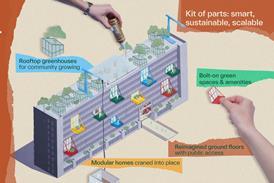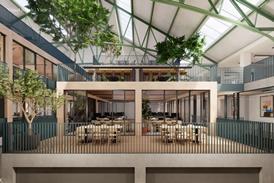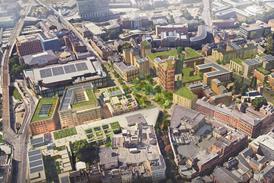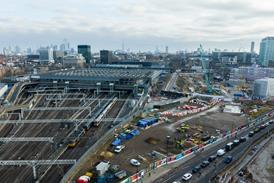- Home
- Intelligence for Architects
- Subscribe
- Jobs
- Events

2025 events calendar Explore now 
Keep up to date
Find out more
- Programmes
- CPD
- More from navigation items
40% of architects fear coronavirus could drive them out of business

More than 90% say trading has been hit
Nearly 40% of architects fear the coronavirus crisis could tip their practices into insolvency.
And more than 90% of the practitioners who took part in a survey conducted by Building Design and its sister magazines said they are concerned because trading has slowed since the pandemic began to take hold.
Almost half are planning to furlough some or all of their staff, while 12% are looking at pay cuts. Just under 10% said some staff would be laid off.
…
This content is available to registered users | Already registered?Login here
You are not currently logged in.
To continue reading this story, sign up for free guest access
Existing Subscriber? LOGIN
REGISTER for free access on selected stories and sign up for email alerts. You get:
- Up to the minute architecture news from around the UK
- Breaking, daily and weekly e-newsletters
Subscribe to Building Design and you will benefit from:

- Unlimited news
- Reviews of the latest buildings from all corners of the world
- Technical studies
- Full access to all our online archives
- PLUS you will receive a digital copy of WA100 worth over £45
Subscribe now for unlimited access.






